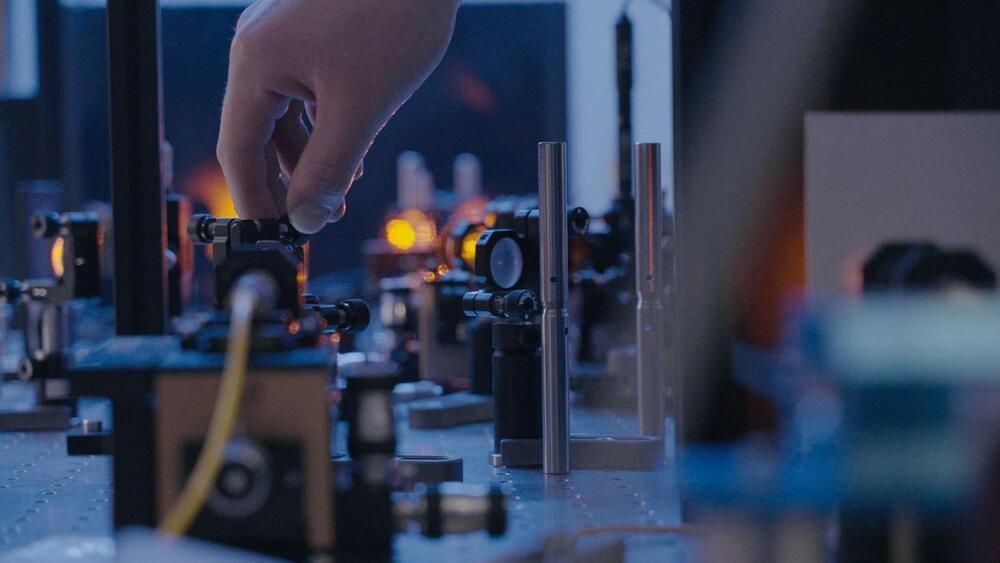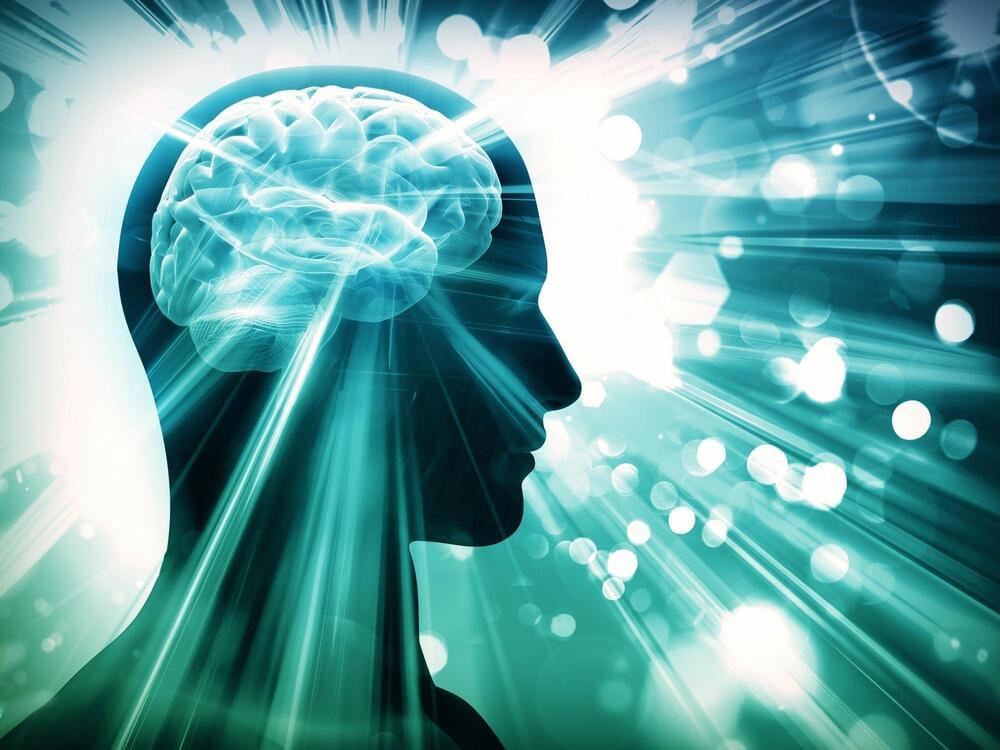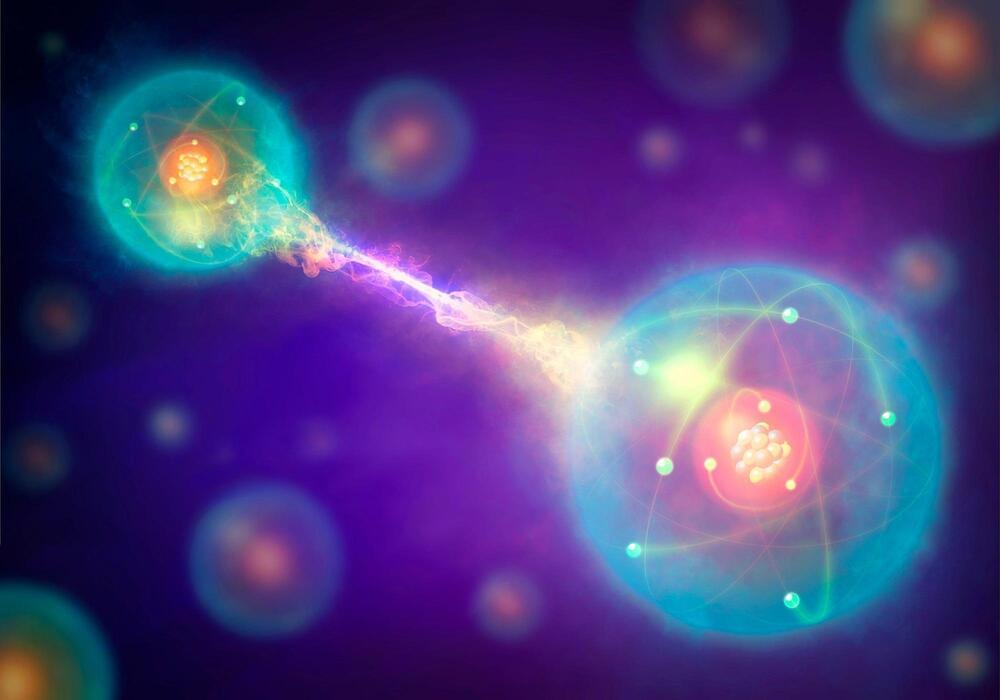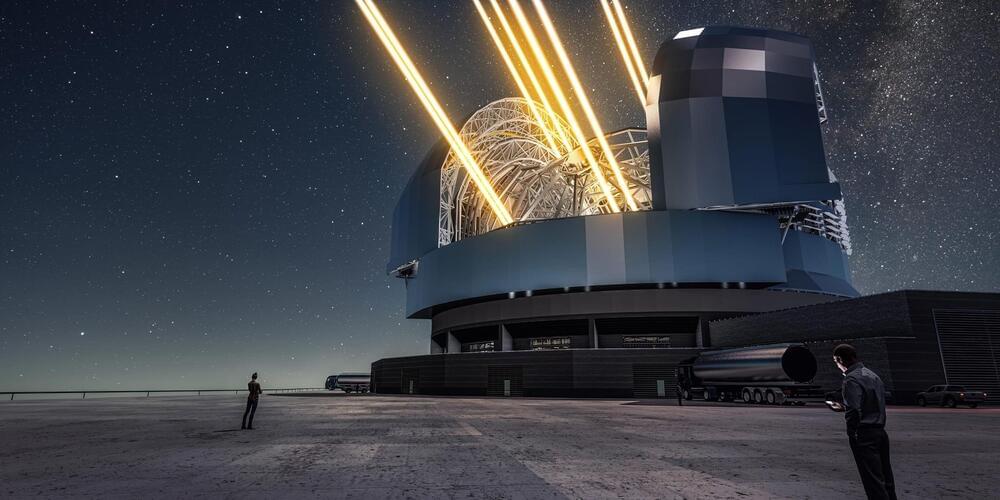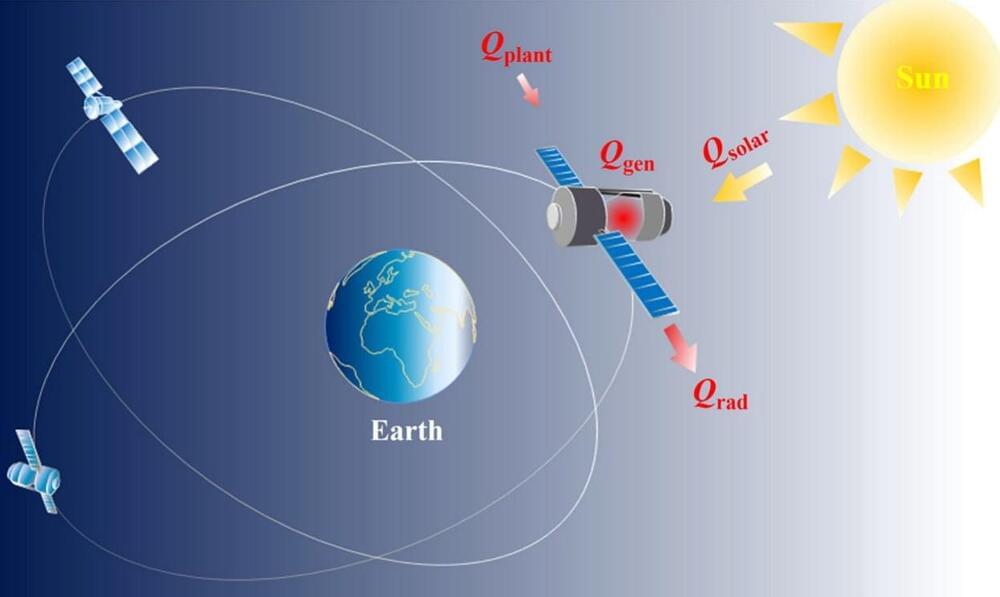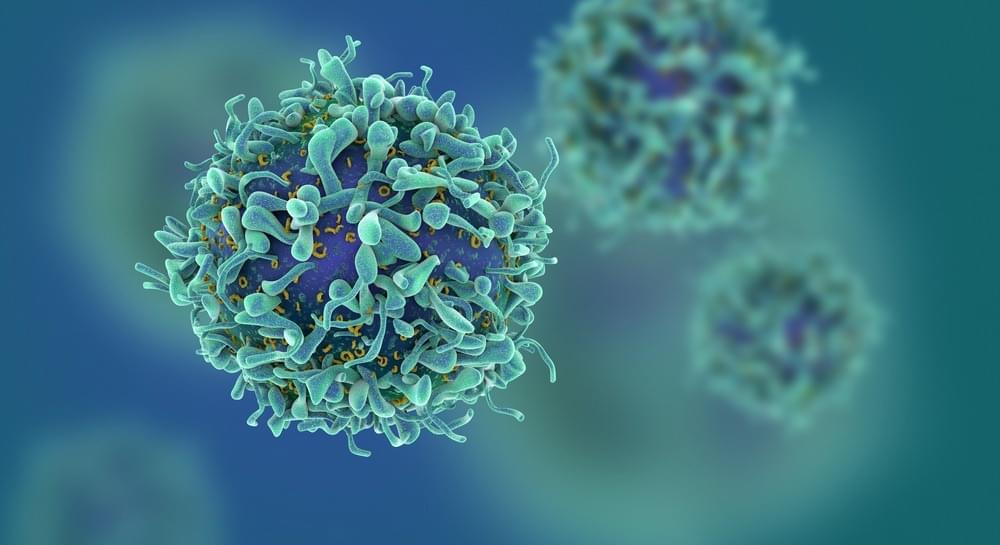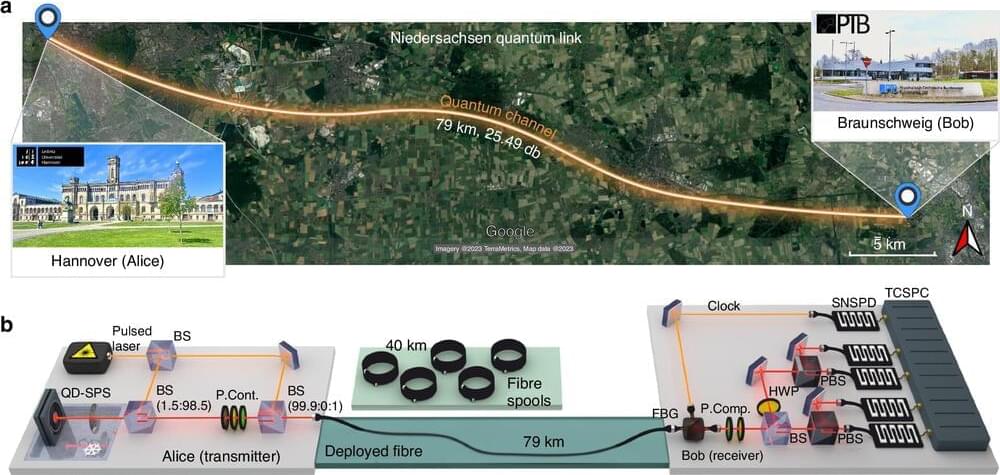Jul 3, 2024
Quantum Vortex Mystery: Unveiling the Twisted Roots of Neutron Stars’ Puzzling Pulses
Posted by Saúl Morales Rodriguéz in categories: quantum physics, space
A recent study has unveiled the origins of the mysterious “heartbeats” observed in neutron stars, relating them to glitches caused by the dynamics of superfluid vortices.
Researchers found that these glitches follow a power-law distribution similar to other complex systems and developed a model based on quantum vortex networks that aligns with observed data without extra tuning.
Discovering Neutron Stars’ Heartbeats

